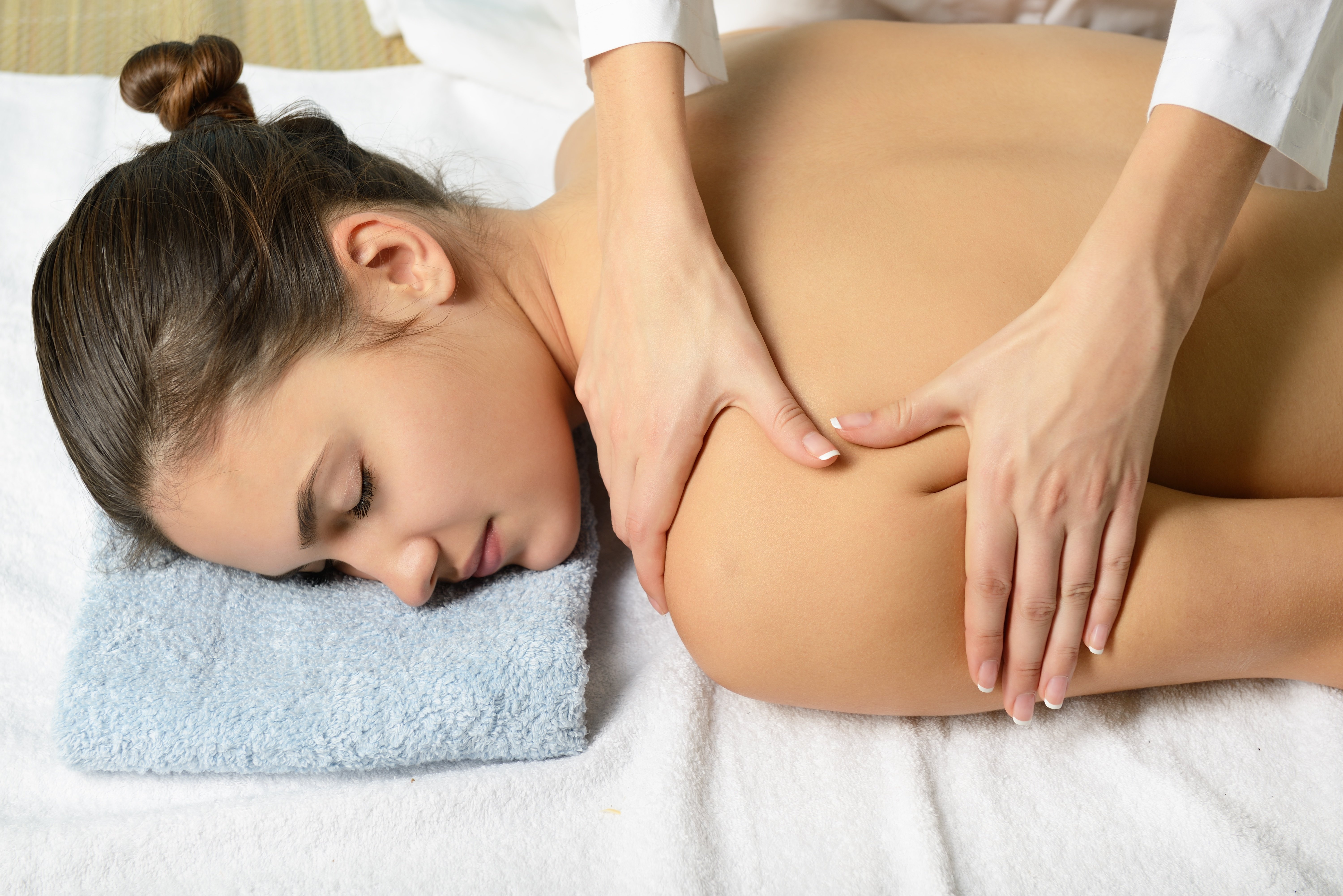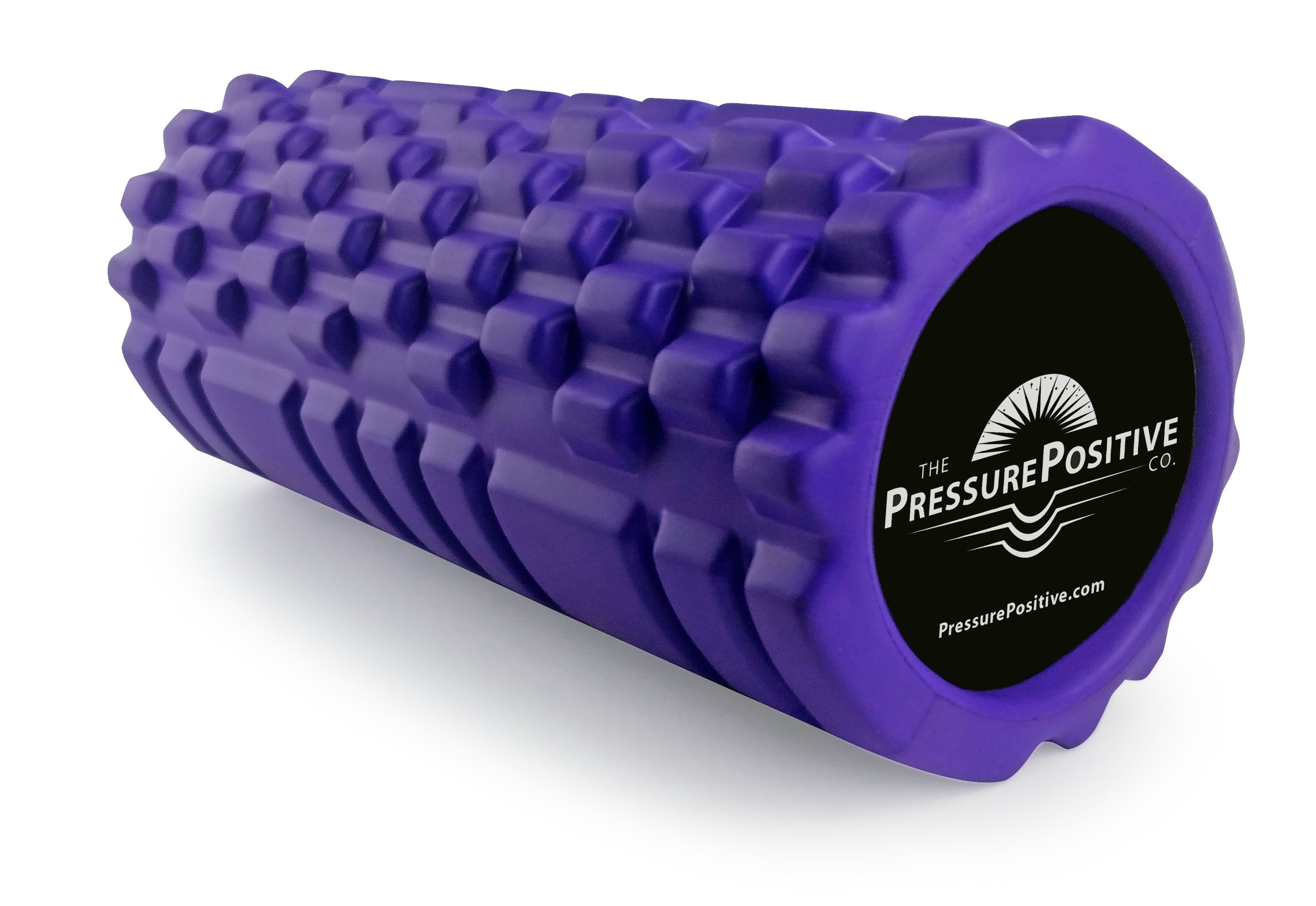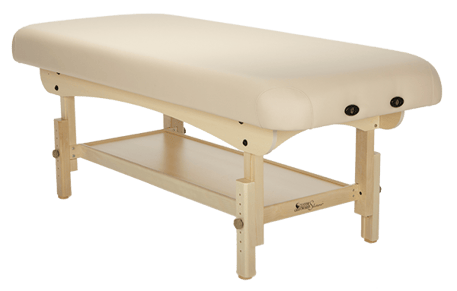In any type of business, certain trends come and go.
Keeping up with these trends enables service providers to stay on top of what consumers tend to desire most, putting them in the best position possible to give clients what they want and need.
As massage therapists, this involves understanding the hottest and most requested massage techniques of 2018, and here are the top five.
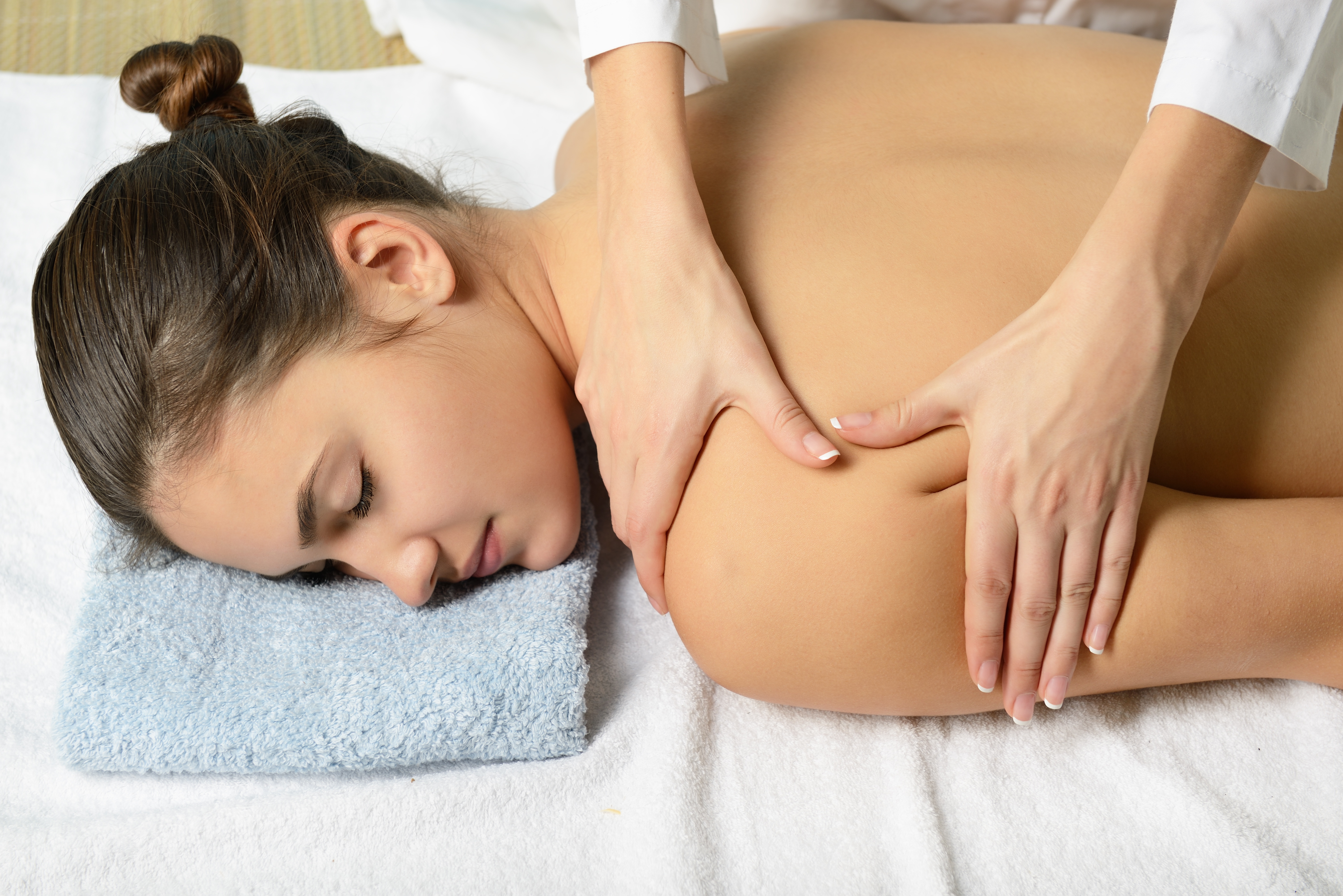 via Shutterstock via Shutterstock |
1. Myofascial Release
The body’s fascial system transports nutrients and oxygen to cells; thus, if there is a restriction in the fascia, impacts are felt on a cellular level with an end result of poor cell metabolism, respiration, elimination, and lymphatic flow.
All of these contribute to the development of headaches, pain, and physiological issues. It can also negatively affect the immune system, opening the door for disease.
Because fascial restrictions do not show up in standard medical tests, they are often misdiagnosed, which is huge since the pressure they create can equal 2,000 pounds per square inch.
However, massage therapists can help relieve that pressure by engaging the collagenous barrier for at least three to five minutes, using it as a lever to more effectively reach deeper restrictions.
| Therapeutic EVA Foam Roller by Custom Craftworks |
2. Stretching
Stretching is another often-used technique in massage therapy this year, even though many people tend to skip this part of a complete health and wellness plan.
In addition to offering an immediate sense of relief by releasing tension and pain, many find that stretching also helps increase range of motion and fosters a deeper sense of well-being.
What is unique about stretching is that this action literally impacts every part of the human body.
From fascia and muscles to tendons, ligaments, and nerves, taking the time to slowly and methodically elongate these areas makes it possible for long-term changes in these tissues to start to take effect.
3. Deep Tissue Massage
With more clients preferring deep tissue massage, this can wreak havoc on a massage therapist’s hands. That’s why its critical to develop a good technique, one that reduces the amount of stress on your own body while in the process of helping your clients release theirs.
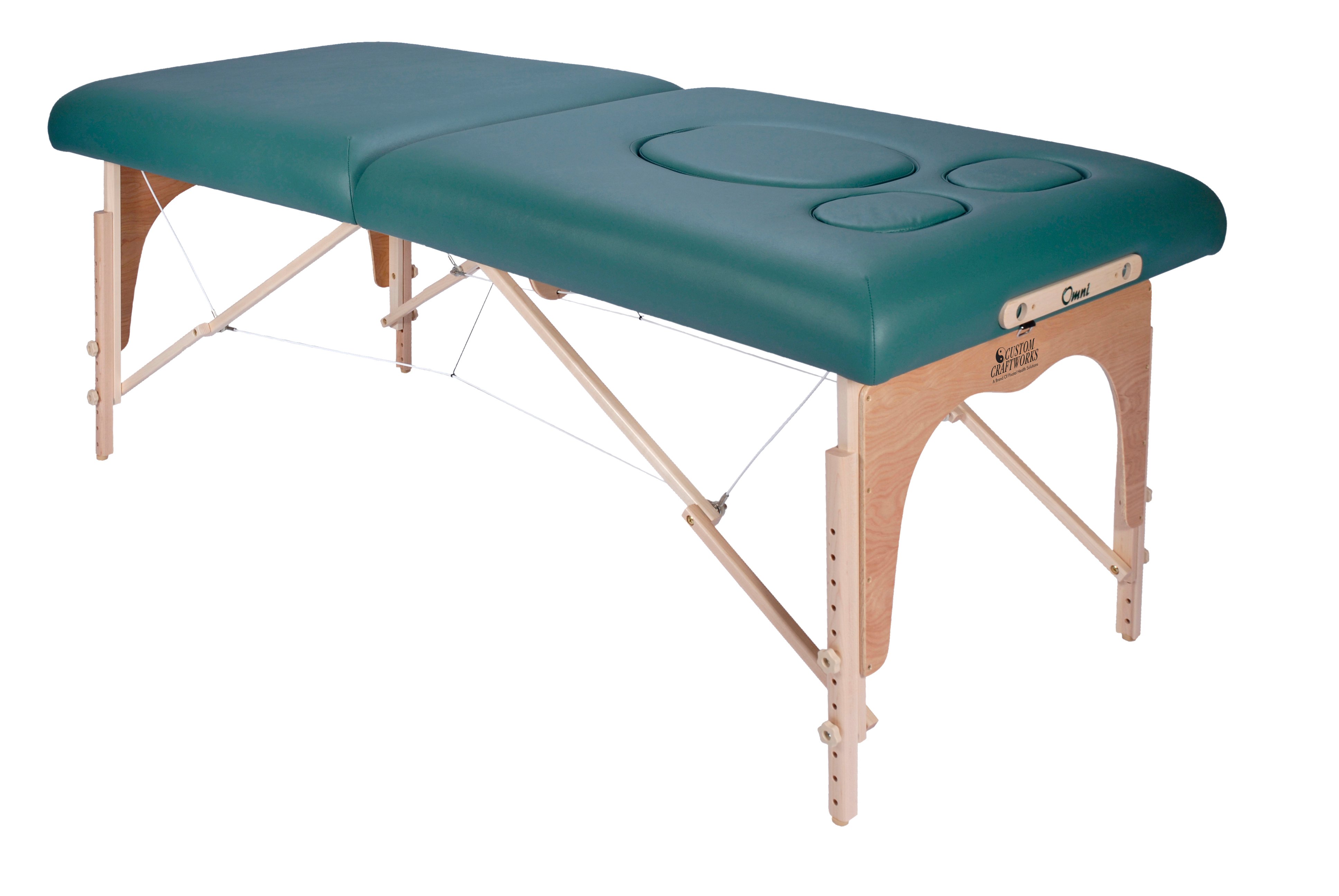 Classic Series Omni Table (great for deep tissue work) by Custom Craftworks Classic Series Omni Table (great for deep tissue work) by Custom Craftworks |
For instance, it helps to use your own body weight instead of relying on your muscles to engage the client’s tissues. If possible, perform your massages on tables that can be lowered enough to leverage your weight the most, and don’t be afraid to use your forearms to do a majority of the work.
Stretching the muscles and having the client take slow, deep relaxing breaths are other ways to reach deeper issues without having to work harder. Additionally, go layer by layer and search for the problem area instead of just focusing on where the client feels the most pain.
4. Taping
You can’t watch a sporting event or any other physical activity nowadays without seeing athletes with colored tape somewhere on their bodies.
However, kinesiology tape is also advantageous in a massage therapy setting, providing clients with benefits such as pain relief, improved posture, enhanced muscle function and range of motion, and better performance.
Taping has the ability to create positive changes in relation to its users’ biomechanics and neuropathies. In some cases, it is simply an enhanced awareness of body position and/or function that wearing the tape creates that makes using it so advantageous.
5. Medical Massage
More clients are receiving massages in medical setting such as hospitals, which is helping them relieve their pain and improve their healing while also creating a higher level of trust with the massage therapist.
Offering massages in medical settings also enables a client’s health care providers to work together easily and effectively, providing the best level of care possible to the individuals they serve.
Medical massages aren’t just used to benefit clients either, as many health care professionals are finding them helpful as well.
From lower back pain due to working long days to pain and aggravation created by the countless other actions that many health care providers must take—like moving clients around and having to get in awkward positions to provide treatment—medical massages can provide some much-needed relief.
|
|
As a massage therapist, it helps to stay on top of the latest trends so you can offer your clients the services they desire most.
In 2018, this includes understanding and learning more about myofascial release, stretching, how to conduct deep tissue massages safely and effectively, kinesiology taping, and the importance of medical massage. Master these and not only will your clients thrive, but your practice will, too.
This blog was curated from an article that was published on August 27, 2018 on massagemag.com. The original article can be found HERE.

Custom Craftworks
Originally founded in 1986, Custom Craftworks supports the vital work of professional manual therapists and educators in the massage therapy and holistic health fields by designing, building and sourcing the best-quality massage tables, chairs, equipment and accessories available. In 2009, the company was acquired by Pivotal Health Solutions based in Watertown, South Dakota.

